Challenges & Amazing Strategies: Teaching Primary Classes
Teaching English to young Urdu speakers
- Building English Skills for Young Pakistani Learners
- Engaging Activities: Teaching English to Urdu Speakers in Primary School
- Unlocking Communication: Strategies for Teaching English to Underprivileged Students in Pakistan
- Fun & Foundational: Lesson Ideas for Primary English in Pakistan
I hope this helps!
- Make it relatable:
- Use familiar objects: Start with basic vocabulary using things students already know in Urdu. Points to objects in the classroom like a book (کتاب), pen (قلم), or chair (کرسی) and say the English word.
- Connect to their world: Use pictures or flashcards of things they might see around them like animals, fruits, or clothes.
- Sing and play games: Songs and games are a great way to learn and remember new vocabulary. Many English rhymes and action songs are easy to learn (YouTube: https://www.youtube.com/).
- Focus on communication:
- Start with basic greetings: Teach greetings like “hello,” “goodbye,” “thank you,” and “please” in English. You can even act them out for better understanding.
- Simple questions and answers: Start with simple questions in Urdu and answer in English. For example, “Kya yeh kitaab hai?” (Is this a book?) and answer “Yes, this is a book.” Gradually progress to questions they can answer in English, like “What is your name?”
- Storytelling: Read short, simple stories in English and translate keywords or phrases into Urdu for understanding. Encourage them to participate by asking questions or acting out parts.
- Make it fun and engaging:
- Use visuals: Pictures, flashcards, and real objects can help students connect the spoken word with its meaning.
- Movement and activities: Incorporate movement activities like clapping or jumping for specific words. Play simple games like “Simon Says” with English instructions.
- Peer learning: Divide students into pairs and have them take turns teaching each other simple words or phrases.
- Additional tips for underprivileged students:
- Focus on spoken English: Since resources might be limited, prioritize spoken communication for daily use.
- Repetition is key: Repeat vocabulary and phrases often to help them solidify in memory.
- Positive reinforcement: Praise and encourage participation, even small attempts. Celebrate their progress.
- Community involvement: If possible, see if some volunteers or organizations can offer additional English language support.
Here are some resources that you might find helpful:
- The Teacher’s Corner (website of the US Department of State’s English Language Programs): https://eca.state.gov/about-bureau/organizational-structure/office-english-language-programs
- British Council Pakistan: https://www.britishcouncil.pk/
Remember, the most important thing is to create a fun and positive learning environment where students feel comfortable making mistakes and trying new things.
- Engaging Activities: Teaching English to Urdu Speakers in Primary School

- Shopping Spree:
- Materials: Pictures of common food items (vegetables, fruits, bakery items) with Urdu labels. Play money or slips of paper with the English names of the items.
- Activity: Set up a pretend shop with pictures on the “shelves.” Students take turns being the shopper and shopkeeper. The shopper picks an item and asks its price in English (“How much is this apple?”). The shopkeeper responds in English with the price (e.g., “One rupee”). This practices basic vocabulary, numbers, and question formation.
- Bingo Blitz:
- Materials: Bingo cards with pictures and Urdu words (fruits, animals, colors). Counters or small objects to mark the squares.
- Activity: Call out the English words for the pictures on the Bingo cards. Students mark the squares with the matching Urdu word. The first student to complete a row or the whole card wins. This reinforces vocabulary recognition and spelling (visual matching).
- Story Scramble:

- Materials: Strips of paper with simple sentences in English related to a familiar topic (e.g., My name is…).
- Activity: Scatter the sentence strips around the classroom. Students work in pairs or small groups to find the strips and put them in the correct order to form the sentence. This practices sentence structure and reading comprehension.
- Mime Time:

- Materials: None needed!
- Activity: Choose a simple action verb (e.g., jump, clap, run). Whisper the English word to one student. That student acts out the verb without speaking, and the other students guess the English word. This is a fun way to learn action verbs and encourages active participation.
- “I Have… Who Has…?” Chain Game:
- Materials: Slips of paper with “I have…” sentences on one side and “Who has…?” questions on the other side (e.g., “I have a red apple. Who has a blue ball?”).
- Activity: Distribute the slips of paper ensuring a complete chain is formed. The first student reads their “Who has…?” question. The student with the matching answer reads their “I have…” sentence and continues the chain. This practices question formation and listening comprehension.
These activities are all adaptable and can be modified based on the age and level of your students. The key is to keep it fun, engaging, and focused on communication!
Here are 7 methods for building English skills for young Pakistani learners:
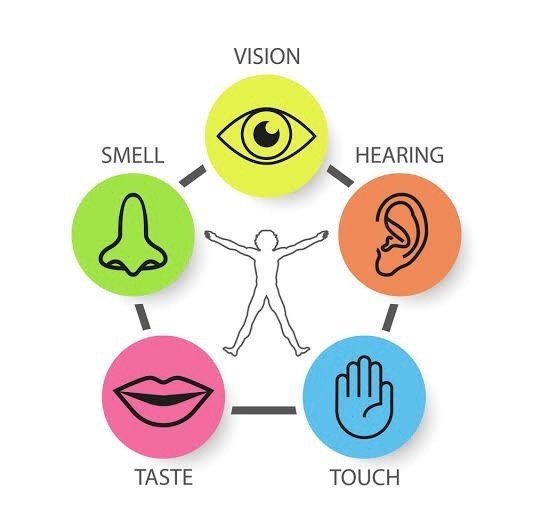
- Make it Multi-sensory: Young learners benefit from engaging multiple senses. Use flashcards with pictures and English words, sing catchy English songs (https://m.youtube.com/watch?v=lzc_Rd4TuYg), and incorporate movement activities like tapping for syllables or acting out verbs.
- Start with Storytelling:
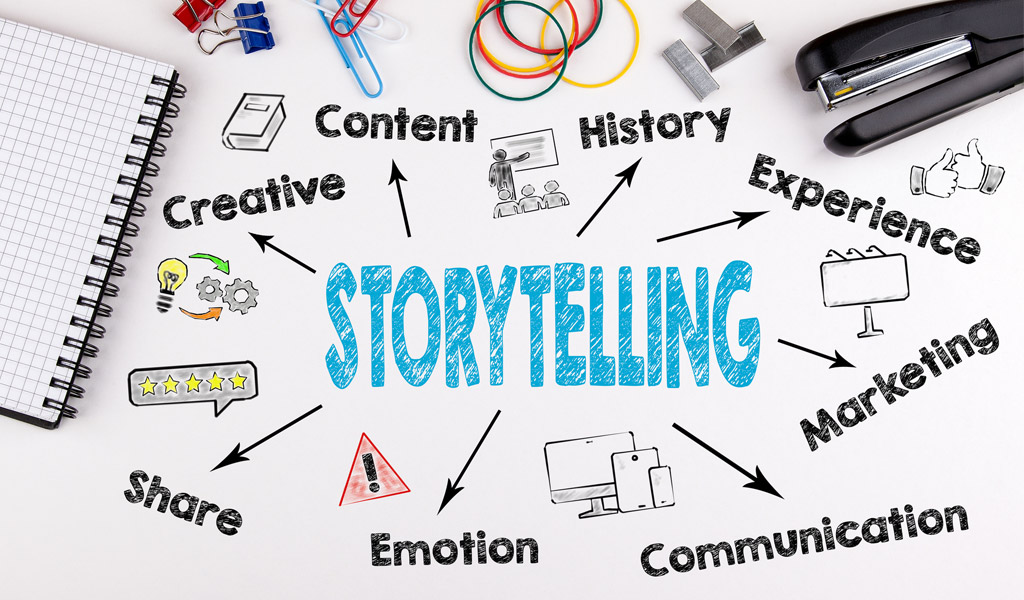
- Stories are a powerful tool for language acquisition. Read simple stories in English and translate key phrases into Urdu for comprehension. Use puppets or props to act out the stories and encourage students to participate.
- Phonics Fun:

- Phonics, the relationship between letters and sounds, is a foundational skill for reading English. Playfully introduce phonics with songs, games, and activities that focus on letter sounds and blending sounds to form words.
- Games Galore:
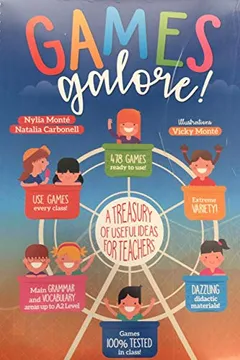
- Games are a fantastic way to reinforce vocabulary and grammar in a fun and pressure-free environment. Play vocabulary games like Pictionary or Bingo, or create simple grammar games like sorting verbs or nouns.
- Arts & Crafts Corner:
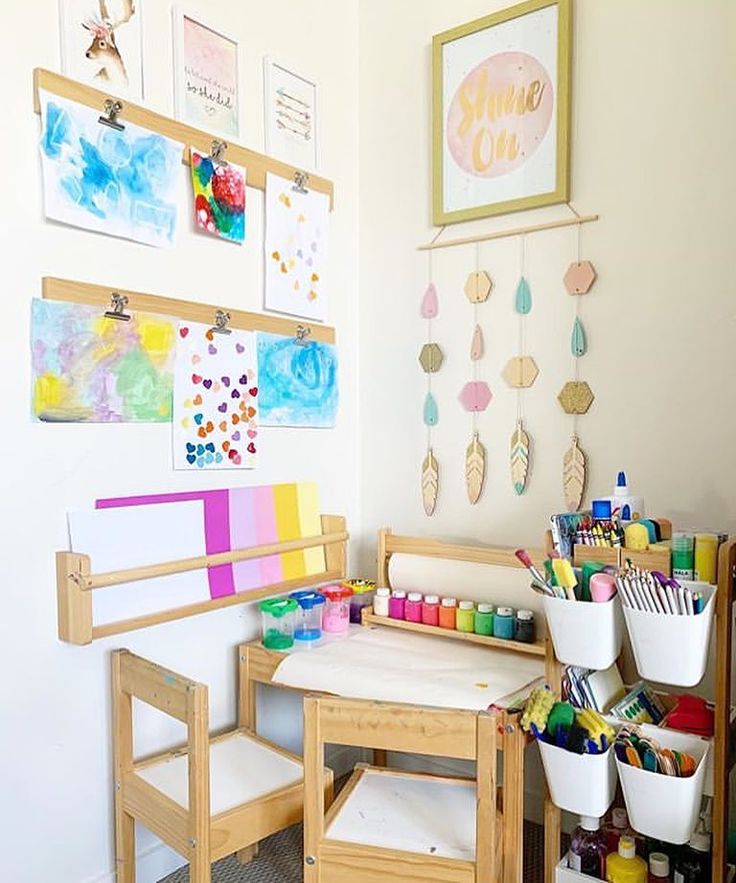
- Learning must not be confined to textbooks. Get creative! Have students draw pictures and label them in English, make vocabulary flashcards with their illustrations, or put on a short play in English.
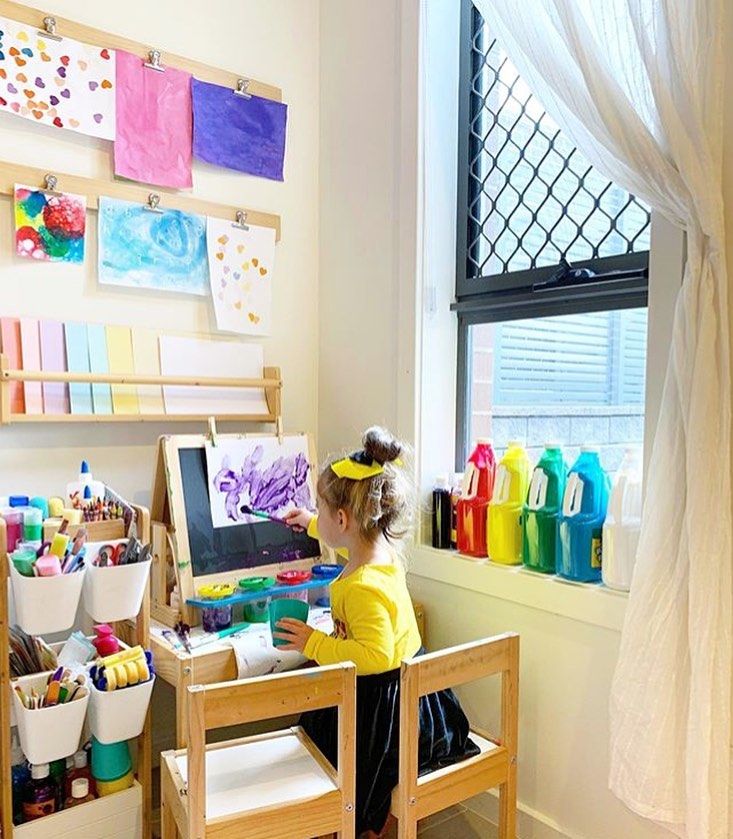
- Real-world Connections:

- Make English relevant to their lives. Show pictures of places in their community and label them in English (school, park, market). Sing songs or read stories about everyday activities.
- (https://www.britishcouncil.pk/).
Remember, consistency is key! Use these methods regularly and create a positive learning environment where students feel comfortable taking risks and trying new things.
“Unlocking Communication: Strategies for Teaching English to Underprivileged Students in Pakistan”:
Lesson Planning:
- Focus on communication: Prioritize spoken English for daily use. Design activities that encourage interaction and dialogue, like role-playing conversations or greetings practice.
- Start with high-frequency words: Build a foundation with vocabulary relevant to their daily lives (greetings, family, food, clothes, numbers). Use visuals and real objects for better understanding.
- Simple grammar, big impact: Teach basic sentence structures like subject-verb-object and yes/no questions. Use games and activities to practice these structures in a fun way.
- Repetition is key: Review and revise previously learned vocabulary and grammar regularly. Use flashcards, songs, and chants to reinforce learning.
Classroom Strategies:
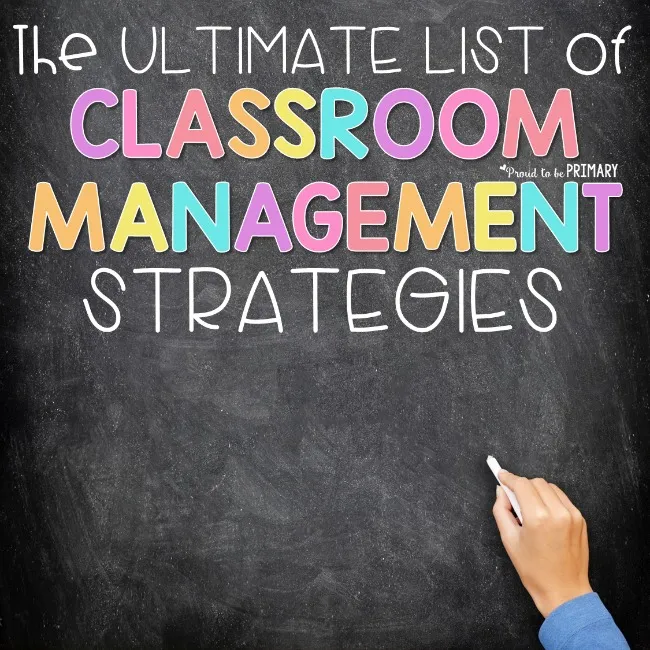
- Make it relatable: Connect English to their experiences. Use pictures and stories that reflect their background and culture.
- Peer learning: Encourage students to work together in pairs or small groups. This can boost confidence and improve communication skills.
- Positive reinforcement: Praise and celebrate their efforts, even small attempts. Create a supportive learning environment where mistakes are seen as opportunities to learn.
- Make it fun and engaging: Use a variety of teaching methods to keep students motivated. Incorporate games, songs, movement activities, and storytelling.
Additional Resources:
- Community involvement: Partner with volunteers or organizations that offer English language support programs.
- Technology for Learning: If available, explore educational apps and websites designed for young English learners.
- Professional Development: Look for workshops or training programs focused on teaching English to underprivileged students.
Remember:
- Building strong foundational skills is crucial.
- Focus on spoken communication for practical use.
- Create a positive and inclusive learning environment.
By incorporating these strategies, you can effectively unlock communication and empower your underprivileged students on their English language learning journey.
Fun & Foundational: Lesson Ideas for Primary English in Pakistan
Here are 10 lesson ideas that are both fun and foundational for primary English learners in Pakistan:
- Fruit Basket: (Vocabulary & Speaking) Place pictures or real fruit in a basket. Students take turns picking a fruit and saying its name in English. They can then describe the fruit’s color, size, or taste.
- Color Carnival: (Vocabulary & Movement) Spread colorful cloths or flashcards around the room. Call out a color in English and students run to touch something of that color. This can be expanded to include basic clothing items like “red shirts” or “blue pants.”
- Rhyme Time: (Phonics & Listening) Read short English rhymes with simple vocabulary. Clap or jump when you hear a rhyming word. You can even create your silly rhymes together!
- “Simon Says” in English: (Following Instructions & Action Verbs) Give instructions like, “Simon says touch your head” or “Simon says jump one time.” Students follow the instructions only if you say “Simon says” first.
- My Teddy Bear Picnic: (Vocabulary & Storytelling) Bring stuffed animals or have students draw pictures of their favorite toys. Students use colors, sizes, and body parts to describe their toys in English.
- Flashcard Fun: (Vocabulary & Memory) Create flashcards with pictures and English words on one side and Urdu words on the other. Students can play memory games or use them for self-study.
- “I Spy” with Pakistani Flavors: (Vocabulary & Describing) Play “I Spy” using clues in English about objects in the classroom or pictures of familiar things from Pakistan (e.g., “I spy with my little eye something green and round… a watermelon!”).
- Sing Along! (Vocabulary & Pronunciation) Use catchy English songs for children with simple vocabulary and actions. Many traditional nursery rhymes are easily adaptable (e.g., “If You’re Happy and You Know It”).
- Puppet Show Extravaganza: (Speaking & Storytelling) Create simple sock puppets or paper bag puppets. Students write and perform short stories in English using their puppets.
- “Yes” or “No” Charades: (Vocabulary & Listening) Act out verbs or actions related to daily life. Students guess the word by asking yes or no questions in English (e.g., “Am I eating?”).
These are just a few ideas to get you started. Remember to adapt the activities to the age and level of your students, and most importantly, have fun!
References[edit]
- “Literacy rate, adult total (% of people ages 15 and above) – Pakistan”. The World Bank. Retrieved 15 January 2022.
- Jump up to:a b c d “Ministry of Education, Pakistan” (PDF). Archived from the original (PDF) on 2 October 2011.
- “Constitution of Pakistan Artikel 25A (English translation)” (PDF). na.gov.pk. 28 February 2012. Retrieved 24 July 2019.
- Hansberry, Cate (15 September 2023). “Empowering Pakistan’s youth to address climate change risks”. Atlantic Council. Retrieved 25 October 2023.
- “Education System in Pakistan Problems, Issues & Solutions”. pgc.edu. 17 November 2017. Archived from the original on 12 July 2018. Retrieved 24 March 2018.
- Peter Blood, ed. (1994). “[Pakistan – EDUCATION]”. Pakistan: A Country Study. GPO for the Library of Congress. Retrieved 1 April 2010.
- “Home”.
- The Gazette of Pakistan hec.gov.pk
- “Literacy Rate in Pakistan Province Wise | Pakistan Literacy Rate”. Ilm.com.pk. 28 September 2010. Retrieved 10 December 2013.
- Jump up to:a b “Pakistan Social And Living Standards Measurement Survey (PSLM) 2014–15 Provincial / District” (PDF). March 2016. Retrieved 10 September 2019.
- “Archived copy” (PDF). Archived from the original (PDF) on 16 August 2011. Retrieved 3 September 2010.
- Jump up to:a b Dr Pervez Tahir. “Education spending in AJK”. The Express Tribune.
- “Education”. www.unicef.org. Retrieved 2 September 2021.
- “Graduates face higher unemployment in Pakistan – here’s why”. mint. 10 April 2023. Retrieved 14 June 2023.
- Saeed, Barkan (4 October 2021). “Strengthening IT skills”. DAWN.COM. Retrieved 5 October 2021.
- Stuteville, Sarah (16 August 2009). “seattletimes.nwsource.com/html/localnews/2009670134_pakistanschool16.html”. The Seattle Times.
- UNESCO Institute for Statistics. “Adjusted net enrolment ratio in primary education”. UNESCO. Retrieved 19 September 2011.
- Baig, Sana; Javed, Fareeha; Siddiquah, Aishah; Khanam, Afifa (April 2021). “A Content Analysis of English Textbook of Punjab Textbook Board of Grade 8 in Pakistan”. SAGE Open. 11 (2): 1–8. doi:10.1177/21582440211023159. ISSN 2158-2440.
- Jump up to:a b Rasool Memon, Ghulam (2007). “Education in Pakistan: The Key Issues, Problems and The New Challenges” (PDF). Journal of Management and Social Sciences. 3 (1): 47–55. Archived from the original (PDF) on 29 March 2012. Retrieved 19 September 2011.
- “Sindh increases total marks for matric board exams to 1,100 | SAMAA”. Samaa TV. 9 November 2009.
- Jump up to:a b c “Vocational education in Pakistan”. UNESCO-UNEVOC. Retrieved 4 August 2014.
- Jump up to:a b Global Education Digest 2009 (PDF). UNESCO Institute for Statistics. 2009.
- “DAWN.COM | Pakistan | Education to be allocated seven pc of GDP”. www.dawn.com. Archived from the original on 12 September 2009.
- Jump up to:a b c Khamis, A. (2019). “Teacher Education in Pakistan”. International Handbook of Teacher Education World-Wide (essay). NICOSIA, CYPRUS: HM Studies and Publishing. pp. 675–692. ISBN 978-9963-2415-6-9. Retrieved 5 July 2021.
- TAVERNISE, SABRINA (3 May 2009). “Pakistan’s Islamic Schools Fill Void, but Fuel Militancy”. The New York Times. New York Times. Retrieved 8 December 2014.
- Jump up to:a b Moin, Ariba; Fatima, Huda; Qadir, Tooba Fatima (3 February 2018). “Pakistan’s slow progress towards gender parity”. The Lancet Global Health. 6 (2): e144. doi:10.1016/s2214-109x(17)30498-9. ISSN 2214-109X. PMID 29389536.
- Jump up to:a b “Youth and skills: putting education to work, EFA global monitoringthereport, 2012; 2013” (PDF). p. 196. Retrieved 3 August 2014.
External links
- World Data on Education, IBE (2011) Archived 8 August 2014 at the Wayback Machine – overview of Pakistan’s education system
- TVET in Pakistan, UNESCO-UNEVOC(2013) – overview of the technical and vocational education system in Pakistan
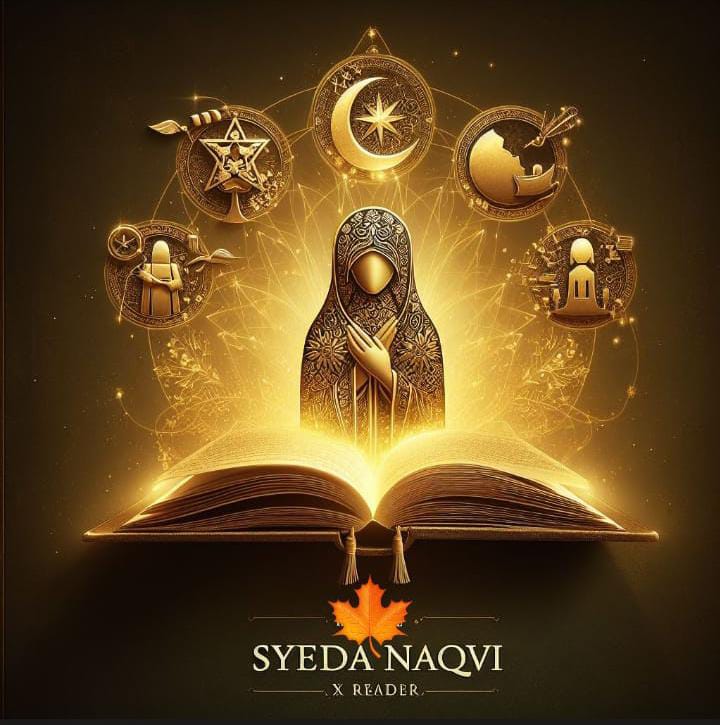
1 comment